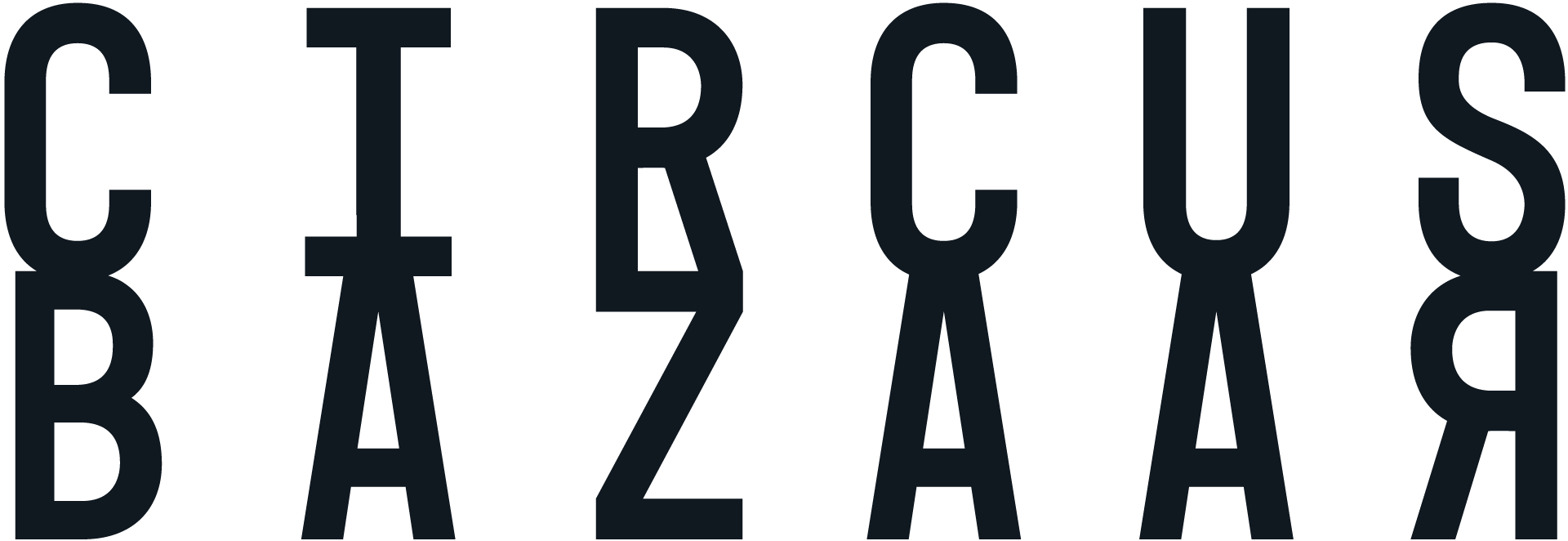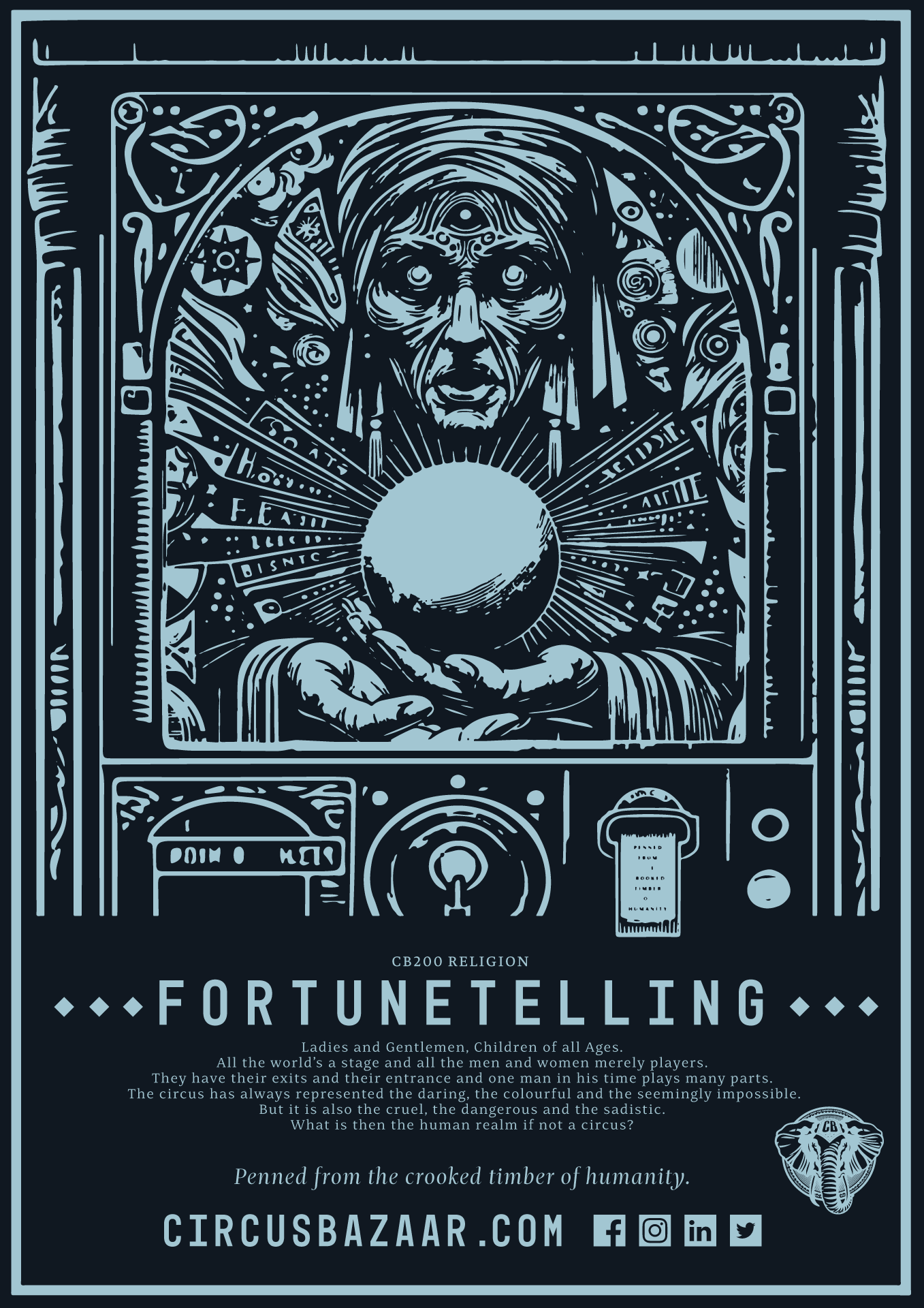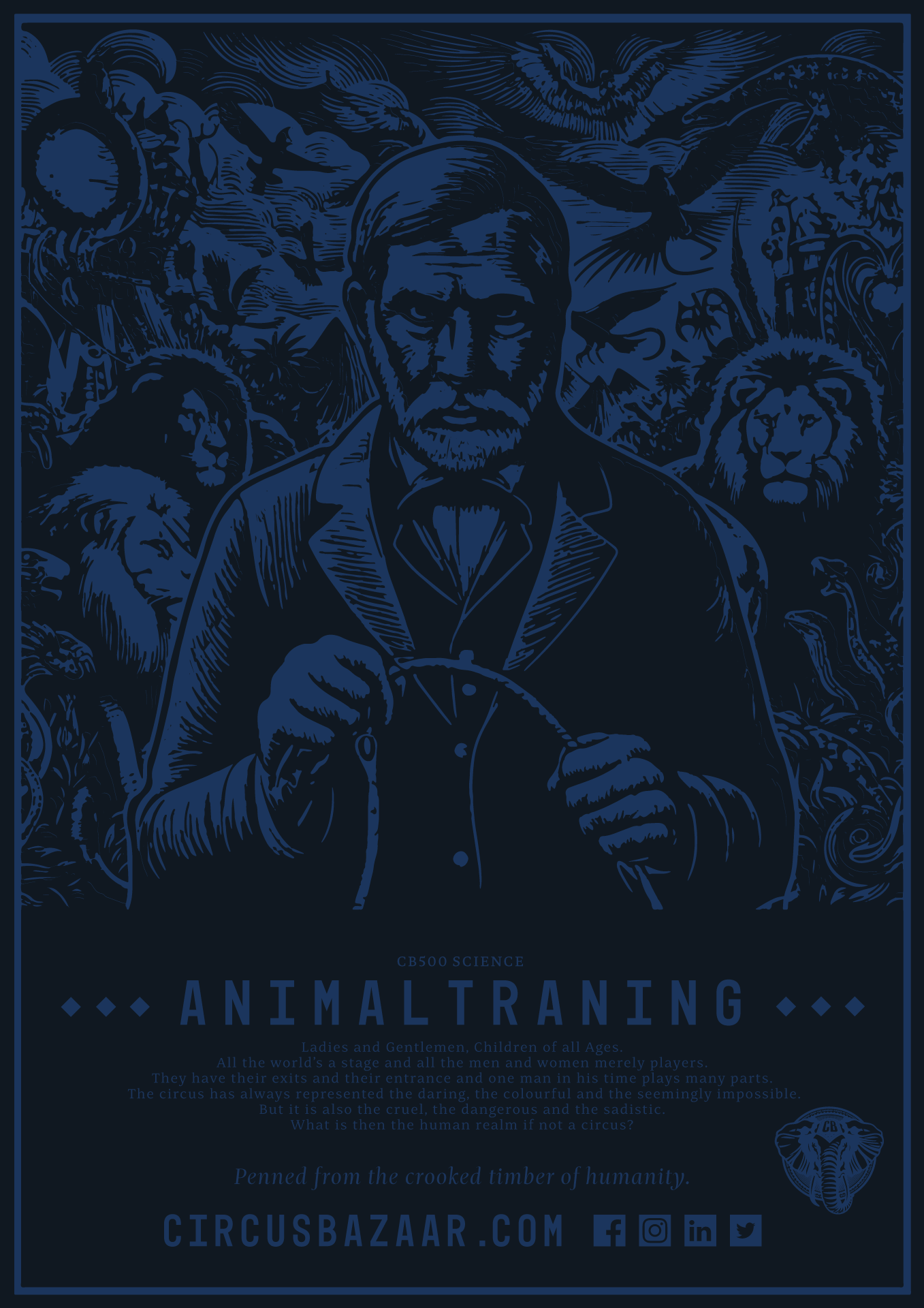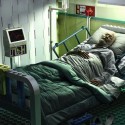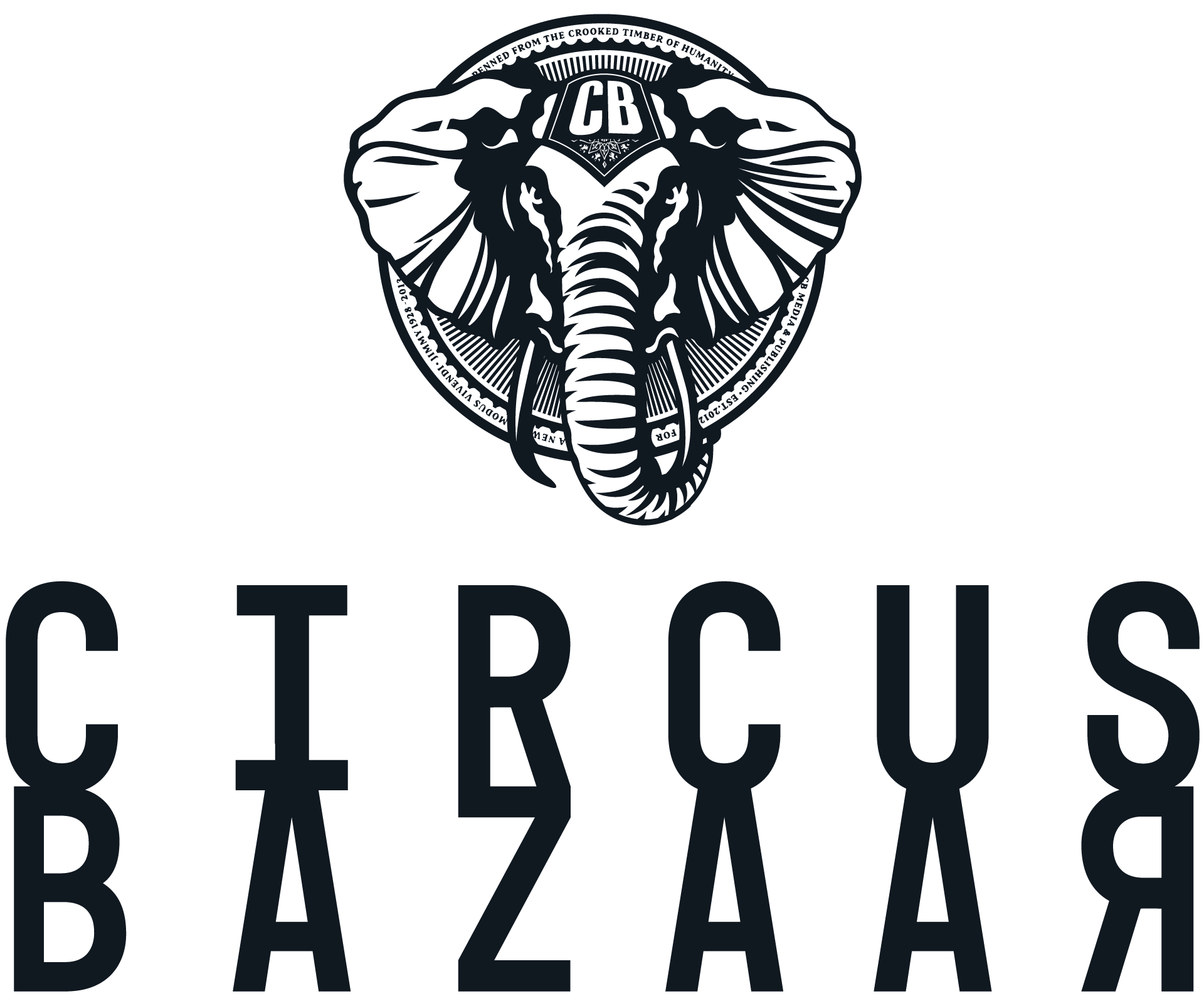The cell number of the human body is approxamatley 10^12 per kilogram or about 80 trillion cells for an 80 kilo human, nearly all of which must cleave to very tight parameters for the body to function well. A fact best left unexamined if you are highly imaginative and prone to anxiety.
[dropcap size=big]S[/dropcap]ince the 1950’s, popular media has had a long standing romance with the possibilities emerging from the flourishing global science mileu. Anything in the new era of reason and scientific advance seemed possible and the Jetsons futuristic world of flying cars, automation and dazzling ease delivered by technology was just around the corner.
And right near the top of the list was the concept of growing whole new organs and making the human body an array of replacement parts just like any other machine. Unfortunately, it has been a dream which has remained, until very recently, almost wholly science fiction due to the enormous complexity of the human cell and how differentiated those cells are throughout the human body.
To grasp how fundamental the new developments in stem cell technologies are today we need a basic understanding of how the human body is built up of microscopic cells which are both the source and site of the new experimentation in regenerative science.
The cell number of the human body is approx 1012 per kilogram or about 80 trillion cells for an 80 kilo human, nearly all of which must cleave to very tight parameters for the body to function well. A fact best left unexamined if you are highly imaginative and prone to anxiety. The cells are themselves an array of mutually reliant, symbiotic structures such as cytoplasm, nuclei, mitochondria, organelles, cellulose, ribosomes, chloroplasts, micro-filaments, micro-tubules, cell membranes, peroxisomes and lysosomes. The cell is fed by a blood cell fluid carrying essential molecular nutrients to every cell in the body. Each of these cells is differentiated for various roles and locations in the body such as skeletal muscle cells for heart and muscular control, neuronal and nerve cells for the brain and nervous system etc. Something which is particularly desirous if you don’t want organs growing out of your skin or bones forming in your bowel (ouch).
Some however, start as undifferentiated cells not yet assigned a particular task of construction or repair. They are kept in reserve by the body to be used for general cellular repair and regeneration wherever needed. These eminently flexible cells are found in adipose tissue, blood and bone marrow and can be harvested for use in stem cell research and therapies.
This amazing regenerative process is headed by the mitochondria which are the main engines for all cells so to speak and are in charge of cellular regeneration which all cells hold the blueprint for. This allows the cell to replicate a new identical cell whenever the original cell begins to fail. The dark side of this is that the mitochondria in all cells, including those handy stem cells, gradually accumulate errors in their function with age. They become less able to accurately replicate themselves or repair damage with each replication cycle allowing aging and genetic based diseases to infiltrate our physiology. However, recent gains in our understanding of the genetic and chemical basis behind this cellular degradation could change this in the near future.
Researchers at the Stem Cell Program at Boston Children’s Hospital have found a way to regrow hair, cartilage, bone, skin and other soft tissues in a mouse by reactivating a dormant gene called Lin28a. The discovery could lead to new treatments that provide adults with the regenerative powers they possessed when very young. You can already hear the cheer goes up from baby boomer’s and Gen x at this possibility.
“The enhanced metabolic rate we saw when we reactivated Lin28a is typical of embryos during their rapid growth phase”
says researcher, Shyh-Chang Ng.
The team found that it was also possible to enhance wound healing without reactivating Lin28 but by directly activating mitochondrial metabolism using a small-molecule compound. The team say this suggests it should be possible to develop drugs that promote tissue repair. The healing was not across the board with some cells like the heart and finger tips showing little improvement, but even so it yielded a veritable El Dorado of new possibilities for revolutionary healing compounds in the near future.
Researchers at the University of Iowa have created a bio patch to regenerate missing or damaged bone. They did this by inserting DNA into a nano-sized particle which carries bone cell generating instructions directly into cells via genes. The ground breaking method recently published in the journal Biomaterials uses plasmid DNA encoding platelet derived growth factor (PDGF) for bone regeneration. This revolutionary bone-regeneration kit is based on a collagen platform seeded with particles containing the genes needed for producing bone. The gene-encoding bio patch successfully regrew bone over skull wounds in test animals and in lab experiments it stimulated new growth in human bone marrow stromal cells.
Researcher Aliasger K. Salem, Ph.D. — a professor in the College of Pharmacy and a co-corresponding author on the paper, explains what makes the PDGF method unique in the regeneration of bone.
“We delivered the DNA to the cells, so that the cells produce the protein and that’s how the protein is generated to enhance bone regeneration,”
explains Salem.
”If you deliver just the protein, you have to keep delivering it with continuous injections to maintain the dose. With our method, you get local, sustained expression over a prolonged period of time without having to give continued doses of protein.”
Previous methods of bone regeneration have relied on maintained exogenous treatment instead of the ‘one shot’ in vivo approach of Professor Salem’s method. The researchers believe the patch has a number of potential uses in dentistry. For example, it could be used to rebuild bone in the gum area that serves as the concrete-like foundation for dental implants.
“That prospect would be a life-changing experience for patients who need implants and don’t have enough bone in the surrounding area”,
says Satheesh Elangovan, assistant professor in the UI’s College of Dentistry and a joint first author, as well as co-corresponding author, on the paper.
It also can be used to repair birth defects where there is missing bone around the head or face.
“We can make a scaffold in the actual shape and size of the defect site, and you’d get complete regeneration to match the shape of what should have been there,”
Elangovan says. Added to this is the innovation of the method’s delivery system which is non-viral. That means the plasmid is less likely to cause an undesired immune response in the patient and is easier to produce in mass quantities, which lowers the cost which is a massive factor in its fiscal viability and accessibility for poorer demographics.
In their next stage of development the researchers plan to create another bio platform that promotes new blood vessel growth, which is essential for extended and sustained bone growth. Reading this, I can see public figures seeking the perfect jawline or nose and a host of the vertically challenged eagerly embracing this technology.
In the University of Pittsburgh, Professor Lei Yang, has constructed a functioning mouse heart from ‘human tissue’ which is recounted in the latest issue of Nature Communications. This mind boggling, and to be honest somewhat Frankensteinian development, hinges on the combination of two major regenerative medicine techniques. The first is the use of IPS cells (human pluripotent stem cells). IPS cells are differentiated cells (usually liver or skin cells) which are highly regenerative. But much like embryonic cells they can be encouraged to differentiate again into differing cell types. Yang and her colleagues at Pittsburgh have managed to take human skin, reverse engineer IPS cells and then reprogram them to produce a multi-potential cardiovascular progenitor cells.
– Video of the beating mouse heart powered by human cells.
The second method is called, decellularization, which sounds to the uninitiated (me) like a Cold War interrogation technique. It involves a kit of biological home renovation where all living mouse cells are stripped from the remaining structure of extracellular matrix (ECM). The researchers then laced the remaining structure with the human MCP cells. Three weeks later the mouse heart made of human tissue had grown cardiomyocytes, endothelial cells and smooth muscle cells and was functioning normally and responding to drugs. Another discovery in this process was that the mouse heart directed the new human cells in the proliferation of human heart tissue over the mouse ECM.
“It turns out that the heart’s extracellular matrix can send signals to guide the MCPs into becoming the specialised cells that are needed for proper heart function,”
explained Yang.
The potential of this to result in bio-compatible patches made for diseased hearts from their own skin cells is looking more and more like a near future reality. Indeed, in the longer term it may very well lead to entire hearts being bio-printed for dying patients.
This kind of result makes the mind boggle at what kind of customisable organs will one day be lab grown for customers.
The tidal wave of regenerative experimentation is astounding and to many of us the results are sometimes bizarre. These include the generation of teeth from urine, paralysed dogs walking again after nose cell transplants and the world’s first lab grown functional kidney transplanted into the rat donor using its own IPS cells.
It seems that cells, the building blocks of all life on Earth, are the new engineering blocks for human technology with near immortality and freedom from disease a very real prospect in the near to medium term future of humanity.
But its not all roses and sunshine and to suggest so would be disingenuous when we look at history and take into account the short-termist inclinations of human nature. The pro’s and cons of this are myriad. As one must also consider not just the medical applications but also how the food and chemical industry may use these powerful new technologies, which once inserted into the biome of the planets ecologies cannot be so easily recalled ore repaired (if at all) if they prove malicious or dangerous.
Then of course there are the inevitable military applications to consider as well – and we all know how well the military industrial complex and weapons industry can be trusted to remain within ethical boundaries. Biotechnology’s dark side could deliver tailored pathogens able to selectively kill millions or cause mass retardation of a generation of children in a rival nation. It could be used to create a system of life mortgages financially enslaving billions wishing for the same longevity the elites already possessed. Or create a class of engineered biologically privileged members permanently enfranchising class segregation into humanity’s very genes. It isn’t as if the current global socio-economic and wealth disparity doesn’t support the very real possibility of reinforced class warfare using biotech.
Its seems intuitive, if not ideologically palatable to some, that their potential to devastate human populations and natural ecologies be very carefully and stringently regulated. This would also combat the formation of monopolies and price driven inaccessibility to broader humanity which the Pharmaceutical and Chemical industries have struggled with for decades, particularly during the AIDS era. Legal and ethical frameworks need to be laid soon for the use and application of cellular and genetic technologies so that their benefit is accessible to all and their potentially damaging uses are prevented or at least mitigated.
We cannot, nor should we, fear this technology which may well eventually banish ageing and disease and help create undreamed-of new possibilities for humanity. It’s only a tool after all, albeit a tremendously powerful one. Human nature is the major constant. Acknowledging the less desirable aspects of our species’ nature with regulatory policy and a rigorous monitoring of how biotech and regenerative sciences can be applied would appear to be the key here as the consequence of letting this technology’s growth outstrip our legislative and ethical understanding – something which could be as devastating to humanity and our world as it is exalting.

